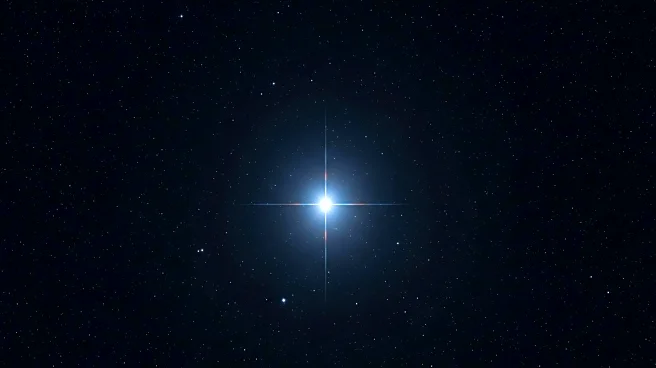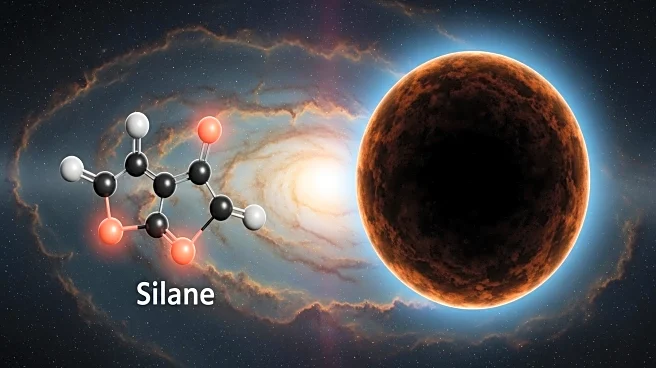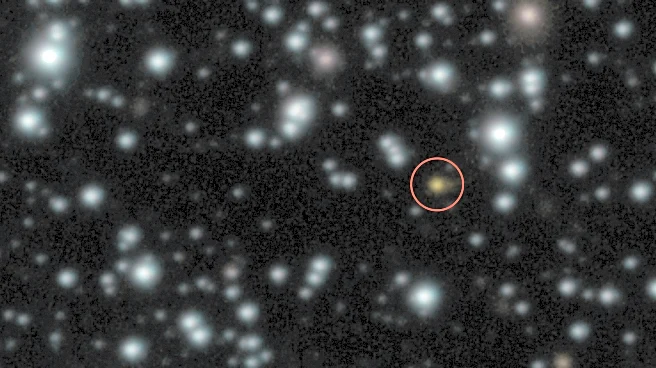What's Happening?
An international team of astronomers has discovered a second planet orbiting the nearby M-dwarf star Gliese 536 using radial velocity measurements. The newfound planet, GJ 536 c, is at least a few times more massive than Earth and orbits the star every 32.76 days at a distance of 0.16 AU. The discovery was made by analyzing archival observations from several spectrographs, including HARPS, HARPS-N, CARMENES, and HIRES. This planet joins another super-Earth detected in 2017, which orbits the star every 8.7 days. The findings are detailed in the upcoming issue of Astronomy & Astrophysics.
Why It's Important?
The discovery of a second exoplanet in the Gliese 536 system adds to the growing list of known extrasolar worlds, providing valuable data for understanding planetary formation and dynamics around M-dwarf stars. These stars are common in the galaxy, and studying their planetary systems can offer insights into the potential for habitable environments beyond our solar system. The properties of GJ 536 c make it suitable for atmospheric characterization, which could reveal more about its composition and potential habitability.
What's Next?
The research team plans to continue investigating the Gliese 536 system, potentially uncovering more planets that have escaped detection. Further studies will focus on characterizing the atmospheres of the discovered planets, using reflected light to gain insights into their compositions. This ongoing research contributes to the broader understanding of exoplanetary systems and the search for habitable worlds.












